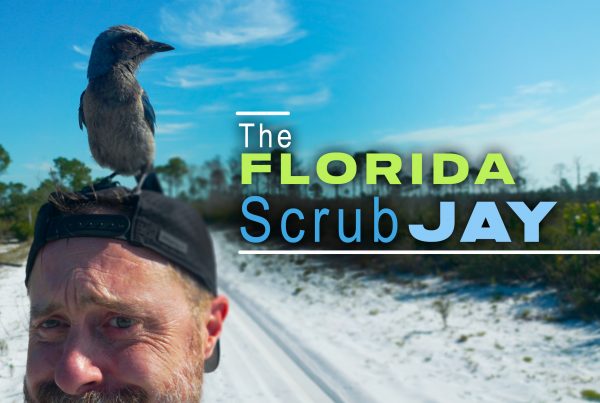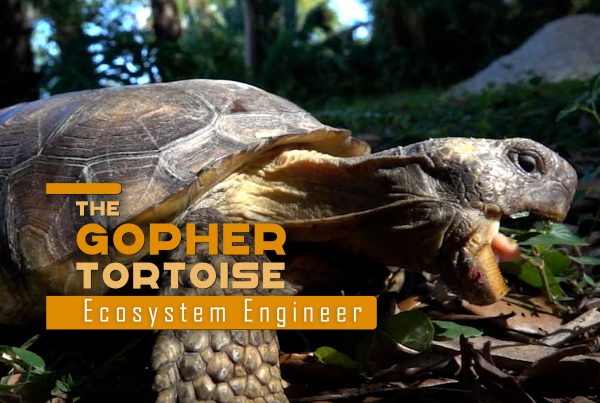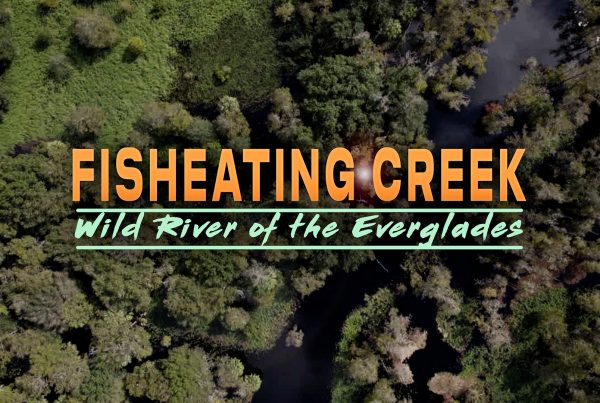Mastadons. Giant ground sloths. Saber toothed cats. If you were a prehistoric human living in Florida around 10,000 B.C., you had bigger things to worry about than like…..what video game am I going to play next…..
During the ice ages, an important land bridge appeared that linked the continents of Asia and North America. Discuss how climate change played and important role in the migration of animals and humans. Talk about how animals and humans might move if sea-levels rise, instead of drop.
Florida’s Pleistocene Mammals
During the Ice Ages of the Pleistocene Epoch, sea levels periodically dropped as cold temperatures bound up huge amounts of ice in the Polar Regions. Glaciers crept over the northern North America, Europe and Asia locking up even more water and helping to lower sea levels around the world. Land in the Bering Strait that had been under water, now emerged, creating a bridge between Siberia and Alaska. Large mammals that had not previously been on our continent entered North America by crossing the land bridge. Humans from Siberia also first entered the continent in large numbers around 13,000 years ago by the same route. Their descendants were the Maya, the Aztec, the Inca and all the present-day Indian tribes of North and South America.
Mastodons and mammoths ambled south into Florida in search of food and warmth. So did big camels and horses. Giant ground sloths 13 feet tall and giant armadillos 10 ft. long were already here, having invaded Florida from South America. In the Late Pleistocene the Florida landscape must have resembled Africa with large, exotic mammals roaming over it. Predators like the saber-toothed cat and the speckled bear were here too. It was a fantastic time.
Undoubtedly the Clovis people that migrated in from Siberia hunted the oversized mammals for food.
They left behind arrow heads and spear points which we are finding today. The skull of a giant bison from the Florida Museum of Natural History in Gainesville has a broken Clovis point imbedded in it.
Maybe it was dinner for a tribe.
We don’t know if humans over-hunted the mega fauna or if rapid climate changes took their toll on the big mammals. Most likely both factors played a part. We do know that by 10,000 years ago they had disappeared everywhere. It was one of the largest extinctions in all of geologic history. The smaller mammals that are still with us today survived the extinction somehow.
This mineralized tooth from an extinct horse was found in the St. Marks River near Tallahassee. For thousands of years after the extinction there were no horses on the continent, but then the Spanish Conquistadores reintroduced them in the 1500’s.
This mastodon tooth from the St. Marks River shows uneven wear, as if the elephant had an irregular bite.
The rivers and springs of Florida, more than any other state, became the final resting places for the skeletons and teeth of many of the Pleistocene mammals. A mastodon vertebra is pulled from the Aucilla River near Tallahassee. A tip from the mastodon’s tusk recovered from the same site and a piece of its jaw are in excellent shape. With the rounded cusps of its molars, we know the mastodon was a browser that ate leaves and twigs. Imagine swimming into spring and finding a mastodon leg bone on the bottom. Was the animal killed by humans when it came to the spring to drink? We are not sure.
Giant bones have even been found far back in the underwater caves of Florida’s springs. This mastodon skeleton on display at the Museum of Florida History in Tallahassee was found in Wakulla Springs in 1930. Divers raised the bones by inflating cloth bags with air.
Giant ground sloths were some of the most impressive mammals of the Pleistocene. There were many species of them. The Museum of Arts and Sciences in Daytona Beach has an excellent skeleton that was found in a borrow pit not far from the museum in Volusia County, Florida. We can imagine this shaggy, 4 ton creature pulling down vegetation with its curved claws in much the same way that a much smaller tree sloth does today. Like the mammoths and mastodons, the ground sloths were large vegetarians that required a lot of food, and maybe that was their undoing.
Coming soon




